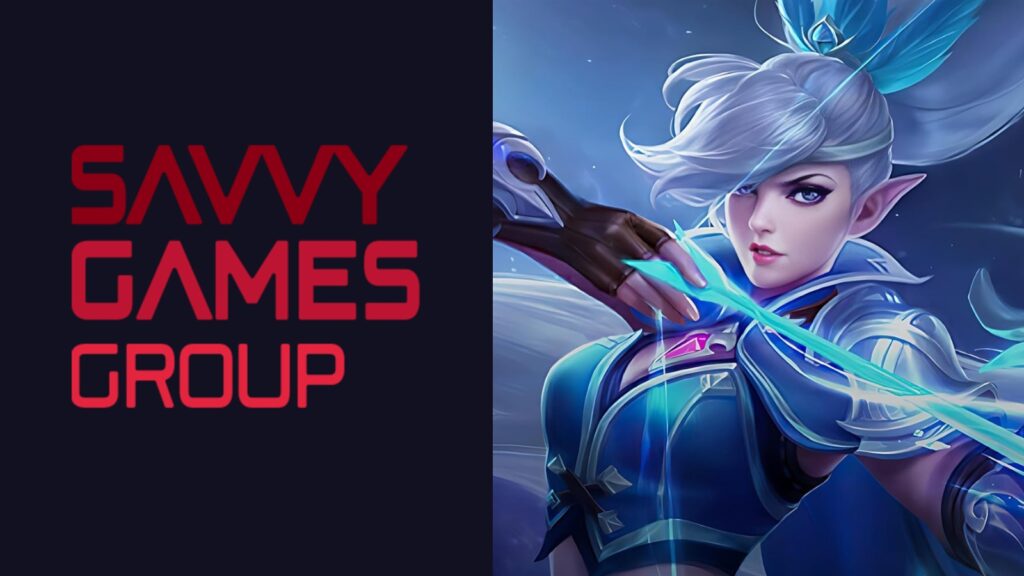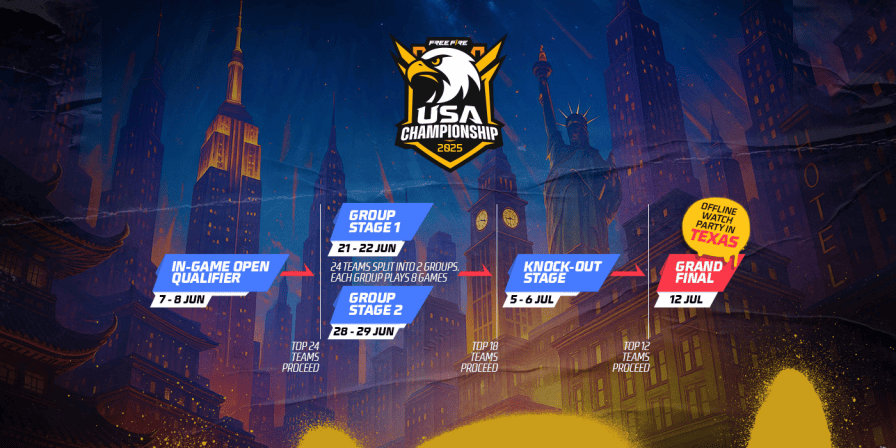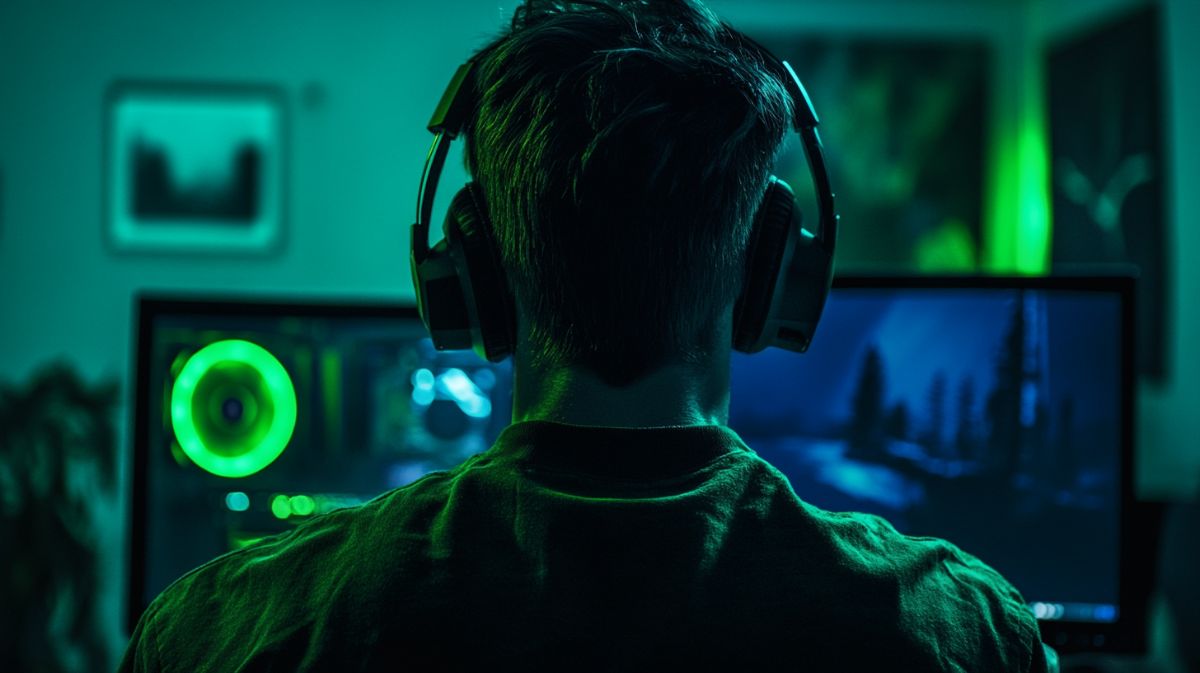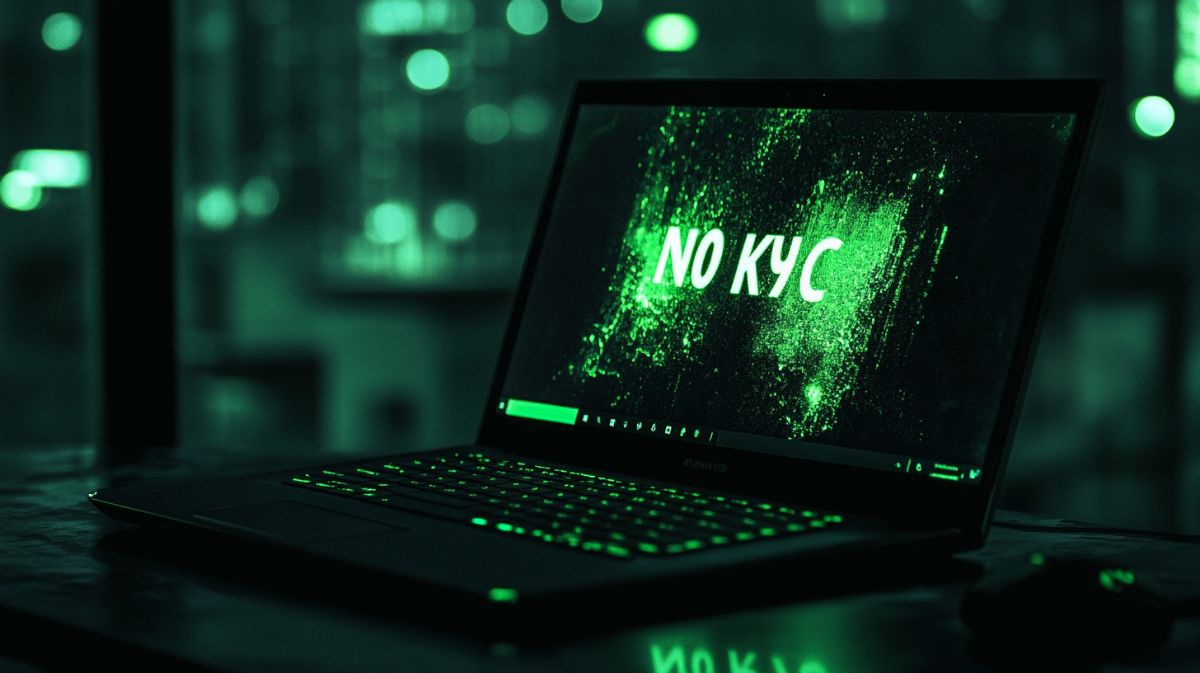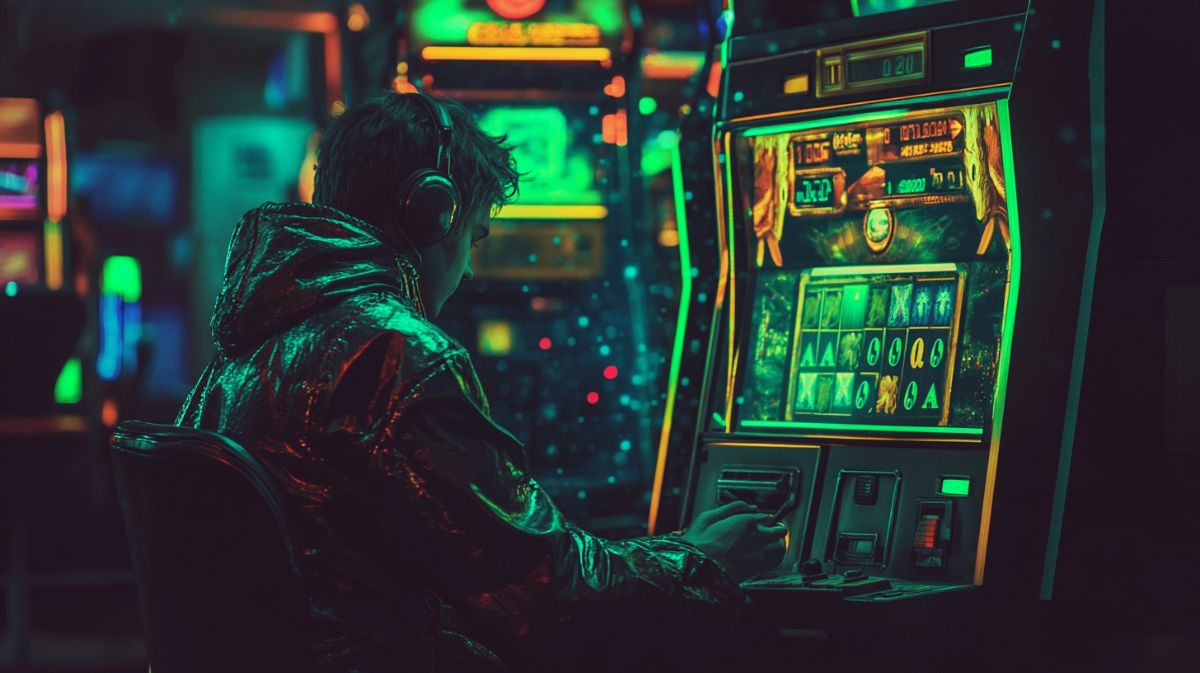Esports are the new battleground for phone manufacturers
The smartphone market has been saturated for some time. While new models are released on a monthly rotation, just about everyone and their grandma already has one by now, which means sales are mostly restricted to repairs, upgrades, and the odd replacement for a broken device. Innovation as such has been slow. The race for a better camera has gone from pixel counts to number of different lenses, and the comuputing power is better then most home PCs a decade go. Modern phones already have fantastic performance stats, cameras, and features.
A new market is opening in mobile gaming and mobile esports, industries that used to be rather looked down on. Most gamers and developers alike have realized that it’s far more than just a silly Candy Crush obsession. Mobile gaming exceeds PC and console gaming in yearly revenue… so really, it was just a question of time for phone manufacturers to take notice and want a share of the pie.
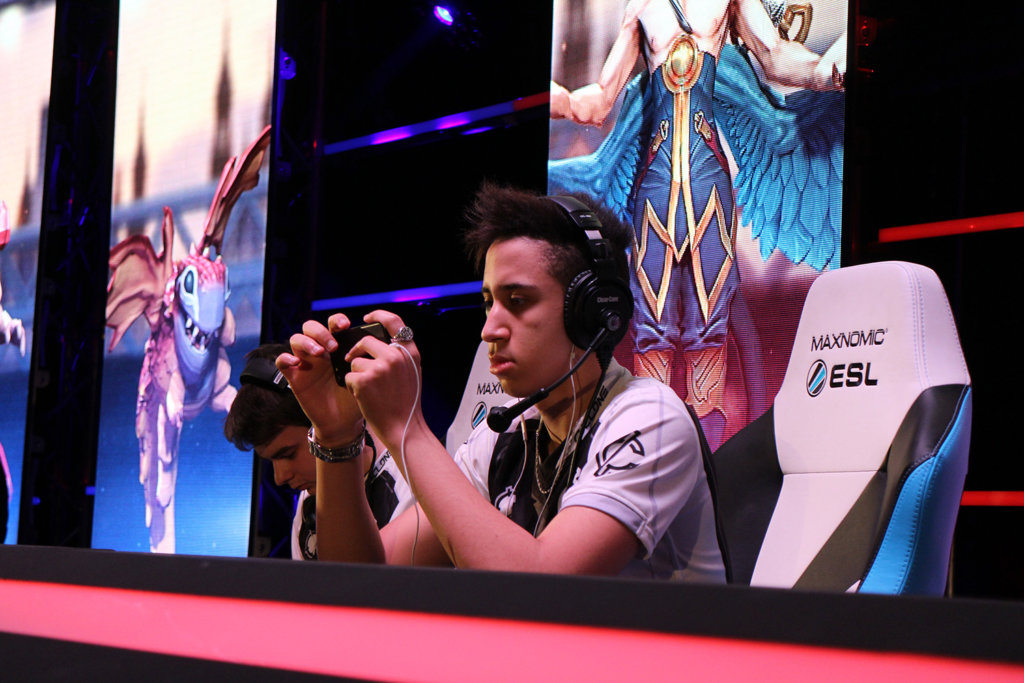
A smartphone with a purpose
Purpose-built mobile gaming and mobile esports devices are the new market. They stand out due to specialized peak performance aspects – much higher refresh rates, powerful CPUs, new cooling solutions, and more.
Brands like vivo, Razer, Xiaomi, and even non-phone brands like Asus have brought out specific gaming models. With success too – given that just about everyone below the age of 40 and many above play mobile games of some fashion, the appeal of a gaming phone isn’t lost on many. Even just the innovative designs have a lot of appeal in a smartphone world otherwise dominated by rectangular single-coloured boxes with X number of cameras.
Recently released phones like the vivo IQOO 7 and Asus ROG Phone, and even older ones like the Razer Phone 2, Nubia Red Magic Mars and Xiaomi Black Shark, each have unique points of appeal. The competition for faster refresh rates, more ram, more processing power and faster storage is driving the development of cutting edge technologies forward. Between interesting and unusual designs, there are also things like gaming-specific accessories such as snap-on cooling fans and handheld controllers – everything you could want to play games on your phone.
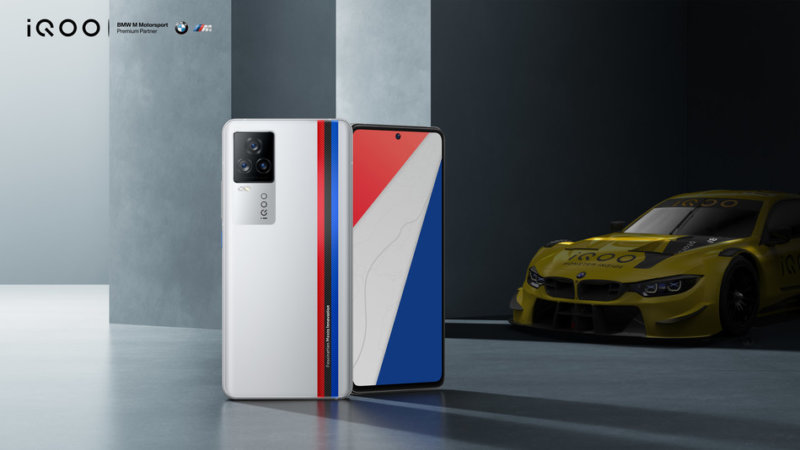
vivo iQOO 7 Legend
Investing in esports
Of course, simply making and selling dedicated gaming phones isn’t all that connects mobile phone providers with the esports market. Many of them have now also started investing into esports events and tournaments as well. In fact, some have even outright gone and sponsored entire events as the main sponsor. An example of this would be Xiaomi sponsoring the PUBG Mobile UK Championship as the headlining sponsor. Previously, vivo sponsored the PUBG Mobile Club Open 2019.
Companies like Nubia Technology (who created the Nubia Red Magic phone) have partnered with tournament organizers BLAST Premier. In October 2020, they partnered with the Counter-Strike Fall Series – and part of the deal was the promotion of the Nubia RedMagic 5S gaming phone during the series. Similarly, Oppo with their Oppo Reno5 has sponsored the 2021 MEA PUBG Mobile Esport.
This sort of partnership is lucrative for everyone involved, and it’s really a match made in heaven – the phone providers get to advertise with the official branded game content, while the event hosts not only receive sponsorship goodies like devices or cash, but also have a hardware provider to rely on – a great setup!
All of this also encourages competition – as seen in the PUBG Mobile Esports battle between vivo and Xiaomi. Which brand gets to headline sponsor a huge mobile gaming title?
Smartphones still haven’t hit their market cap, and their symbiotic relationship with esports will likely encourage the release of even better mobile esports devices in the future.


